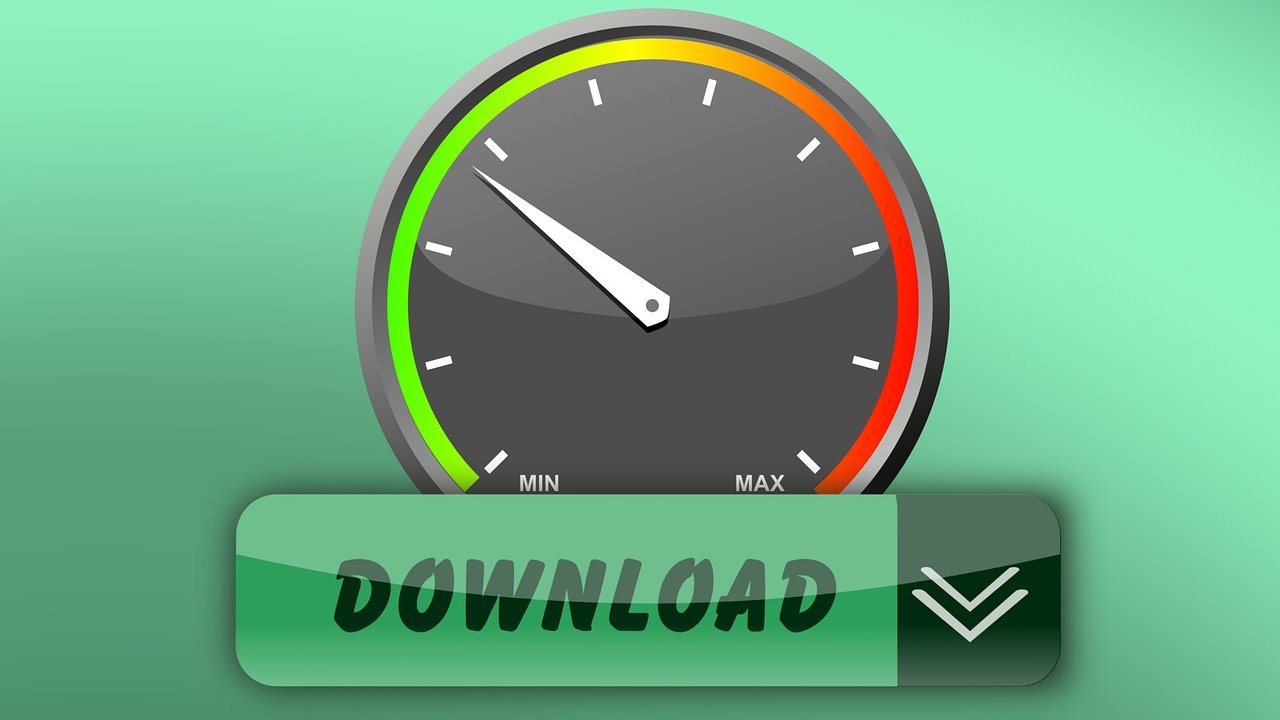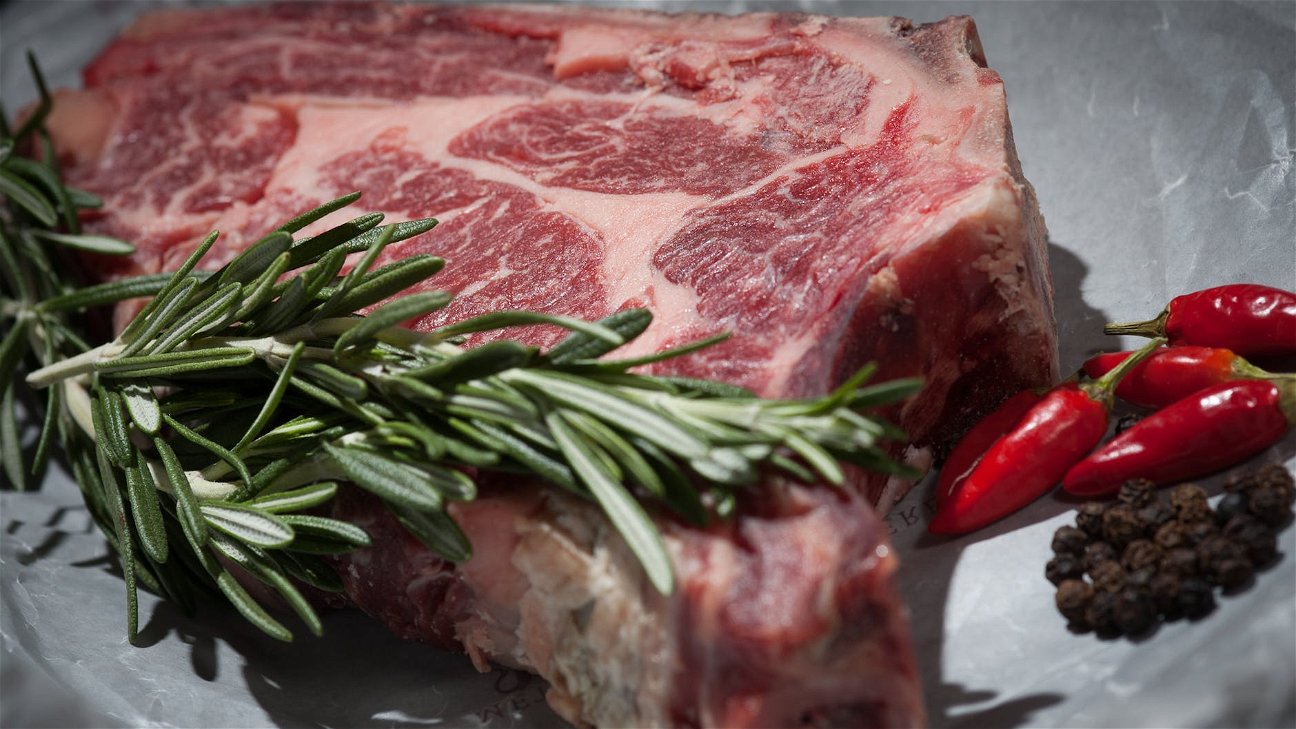
In the digital age, the performance of your website is crucial. A fast and optimized website not only improves user experience but also boosts your SEO ranking. Let's dive into some practical techniques and proven strategies to optimize your website speed and enhance its overall performance.
Understand your website's current speed
Before you start with the optimization process, it's important to know where you stand. Several tools like Google PageSpeed Insights, GTmetrix, and Pingdom can give you detailed insights about your website's performance and speed. These tools not only provide you with your website's load time but also give suggestions on how to improve it.
Optimize images
High-resolution images can significantly slow down your website. It's crucial to either compress images before uploading or use CSS to control the size of the images. Tools like TinyPNG or Compressor.io can help you compress your images without losing their quality.
Leverage browser caching
Browser caching stores webpage resource files on a local computer when a user visits a webpage. Hence, leveraging browser caching can help you reduce load time for your returning visitors.
Minimize HTTP requests
Most of a website's load time is spent downloading different parts of the page, like images, stylesheets, and scripts. An HTTP request is made for each one of these elements, so the more on-page components, the longer it takes for the page to render. Minimizing these requests will speed up your site.
Use a Content Delivery Network (CDN)
A CDN is a network of servers that are distributed around the world. When a user visits your site, the server closest to them is used to deliver the content, reducing the time it takes to load your site.
Enable compression
Compression reduces the bandwidth of your pages, thereby reducing HTTP response. You can use a tool like Gzip to compress your website's files.
Optimize CSS delivery
CSS holds the style requirements for your page. If your CSS is bulky or not loaded correctly, it can slow down your site. To optimize CSS delivery, reduce unnecessary code, use CSS Sprites, and avoid CSS expressions.
Prioritize above-the-fold content
Above-the-fold content refers to the portion of your web page that is visible without scrolling. Prioritizing this content can make your site appear faster.
Here's a quick summary of the techniques for website speed and performance optimization:
Optimizing your website speed and performance can seem like a daunting task. But with the right techniques and a bit of patience, you can significantly improve your website's speed and performance, resulting in a better user experience and a higher SEO ranking.











